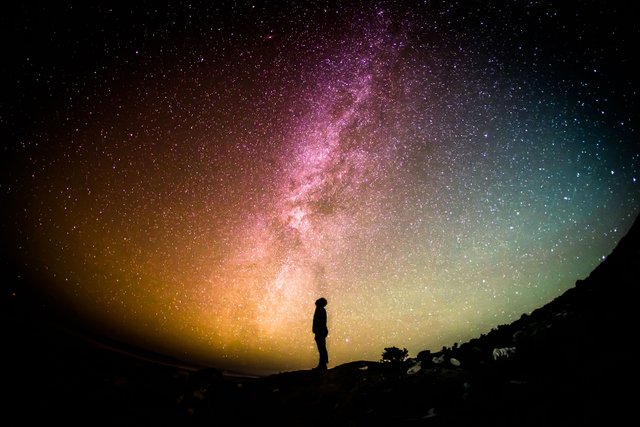GALASSIE
L'universo contiene molte più galassie di quanto stimato finora. E non è una differenza da poco, secondo uno studio in prossima uscita sul The Astrophysical Journal, ci sarebbero 2mila miliardi di galassie, dieci volte in più di quanto si pensasse.
Il primo ''conteggio'' delle galassie, utilizzando l'Ultra Deep Field del telescopio spaziale Hubble, aveva dato una cifra che si aggirava attorno ai 100-200 miliardi. Ma un team di ricercatori guidato da guidata da Christopher Conselice dell'Università di Nottingham, ha utilizzato i dati della campagna di studi Goods (Great Observatories Origins Deep Survey), ancora con osservazioni di Hubble ha decuplicato il risultato.
Purtroppo il 90 per cento delle galassie che presenti non è visibile agli attuali telescopi. Sono troppo deboli o lontane per poter essere osservate. Una insufficienza tecnica che però potrebbe essere presto colmata dal James Webb space telescope, che sarà lanciato nel 2018.
La storia dell'universo in 3D. I ricercatori hanno trasformato le immagini fornite da Hubble in un modello tridimensionale dell'universo nelle sue diverse fasi evolutive. Hanno così scoperto come le galassie si siano aggregate nel corso del tempo, fondendosi, e diminuendo così la densità. La loro distribuzione nel corso della storia dell'universo non è quindi uniforme.
Ma applicando dei modelli matematici a questa ''timeline'' cosmica, hanno calcolato quante galassie mancassero all'appello. Il risultato, inaspettato, è stato che in realtà il loro numero è dieci volte tanto quello calcolato finora.
The universe contains many more galaxies than previously estimated. And it is not a small difference, according to a study soon to be released in The Astrophysical Journal, there would be 2 thousand billion galaxies, ten times more than previously thought.
The first '' count '' of galaxies, using the Ultra Deep Field of the Hubble Space Telescope, had given a figure that was around 100-200 billion. But a team of researchers led by Christopher Conselice of the University of Nottingham, has used the data of the study of Goods (Great Observatories Origins Deep Survey), still with observations of Hubble has increased the result tenfold.
Unfortunately, 90 percent of the galaxies that are present are not visible at current telescopes. They are too weak or far away to be able to be observed. A technical failure, however, that could soon be filled by the James Webb space telescope, which will be launched in 2018.
The history of the universe in 3D. The researchers transformed the images provided by Hubble into a three-dimensional model of the universe in its various evolutionary phases. They have thus discovered how galaxies have aggregated over time, merging, and thus decreasing density. Their distribution throughout the history of the universe is therefore not uniform.
But by applying mathematical models to this cosmic '' timeline '', they calculated how many galaxies were missing. The unexpected result was that in reality their number is ten times as much as the one calculated so far.